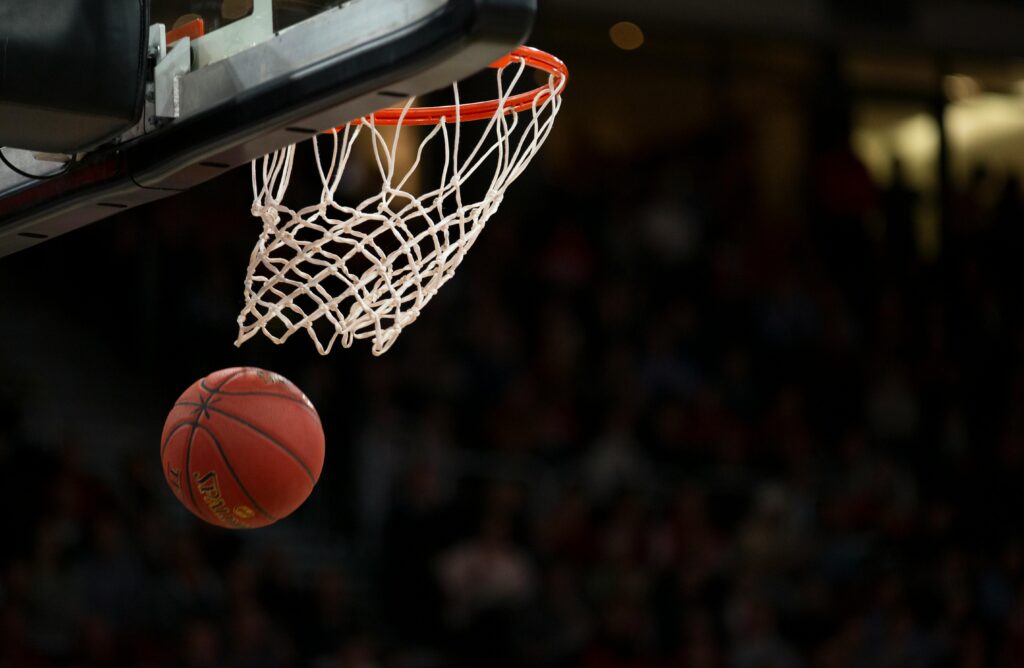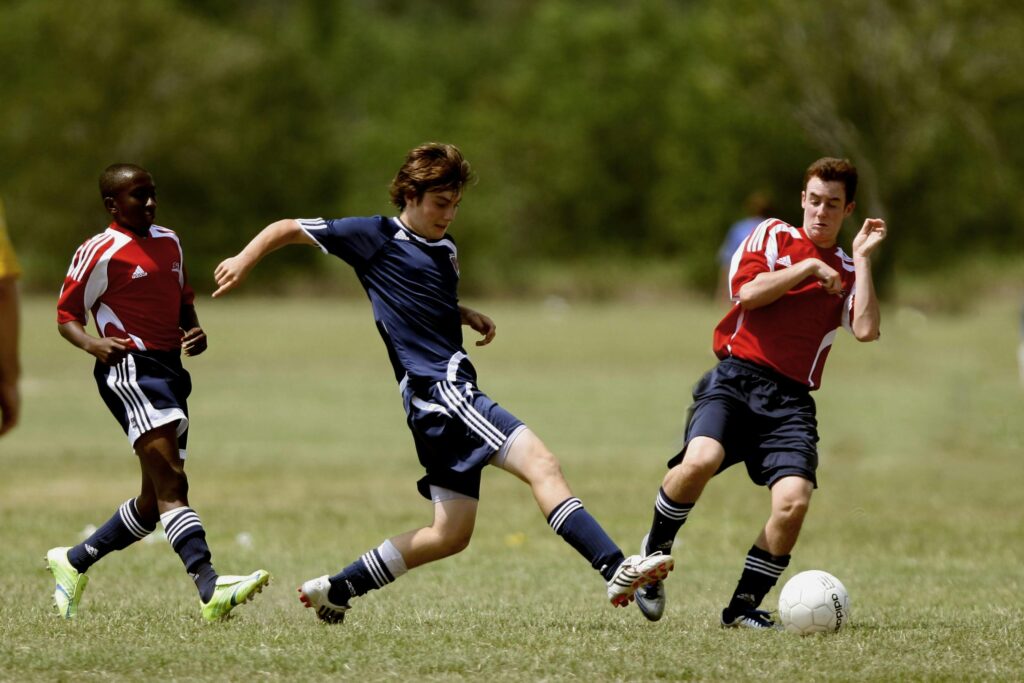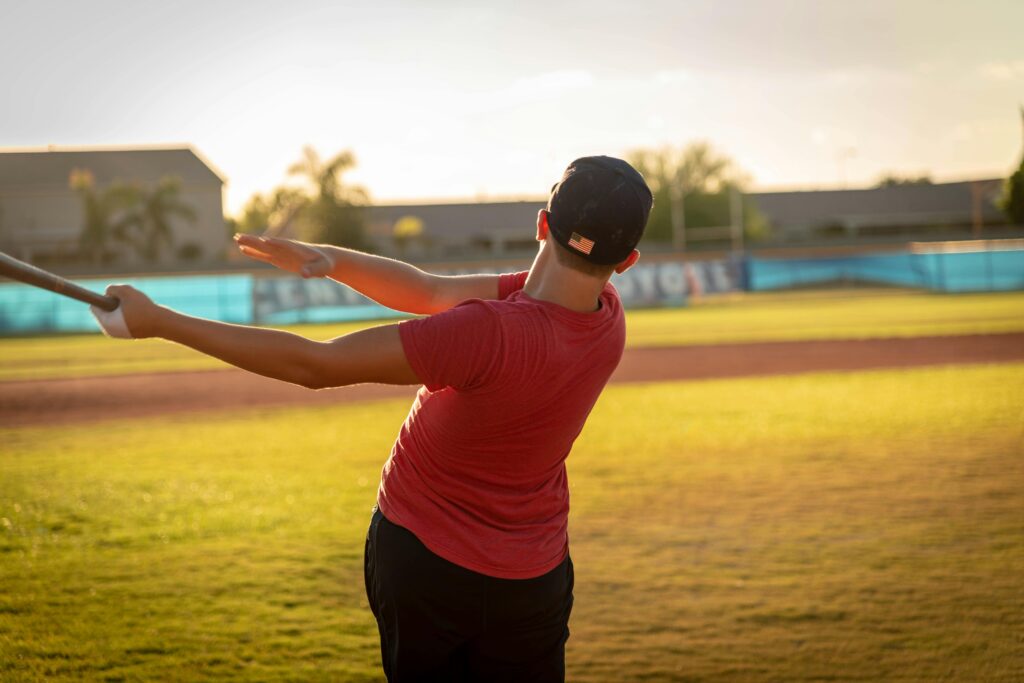How to Prep: First Basketball Practice
Whether you’re coaching for the first time or you’re a seasoned volunteer, the first youth basketball practice sets the tone for the entire season. It’s your chance to make a positive first impression, build trust, and establish the foundation for team development. Here’s how to make sure you’re ready to hit the court with confidence.
1. Get to Know Your Players
Before practice even begins, try to get a sense of:
- Skill levels: Did most kids play before, or are they brand new?
- Ages and attention spans: A 7-year-old needs a very different style of practice than a 12-year-old.
- Personalities: Some kids are quiet observers. Others are bouncing off the walls. Expect both.
If possible, send a short welcome email or text to parents asking about any previous experience or special considerations.
2. Basketball Practice Plan (but keep it flexible)
Your first practice should have structure, but be ready to adjust based on energy, skill, and attention span. A good rule of thumb for a 60-minute practice:
- 0–10 minutes: Warm-up & fun icebreaker
- 10–20 minutes: Basic drills (dribbling, passing, layups)
- 20–40 minutes: Skill stations or small group activities
- 40–55 minutes: Controlled scrimmage or team games
- 55–60 minutes: Wrap-up, team chat, and goals for next time
Avoid lines and long lectures. Keep everyone moving and involved.
3. Bring the Right Gear
Double-check your bag before heading to the gym. Make sure you are bringing the following items so you are prepared to focus on the kids, and not what you didn’t bring:
- Balls (proper size for the age group)
- Cones or markers
- Whistle
- Clipboard or printed practice plan
- First-aid kit
- Extra water/snacks just in case
Having a clipboard with your practice outline visible can make you look prepared and keep things flowing.
4. Set Expectations Early
Kids (and parents) respond well to clear structure. Use the first practice to lay out your philosophy:
- Effort matters more than winning
- We’ll work hard and have fun
- Everyone will get a chance to improve
Keep rules simple. One coach’s classic: “Be a great teammate, be coachable, and bring your best attitude.”
5. Make Basketball Practice Fun
This cannot be overstated. Fun builds buy-in. If the first practice is just drills, kids lose interest fast. Try:
- Relay races with dribbling
- Sharks and minnows (basketball style)
- 3-on-3 with fun rules (e.g., must pass twice before shooting)
The goal isn’t to create mini pros—it’s to create kids who want to come back.
6. Connect with Parents at Basketball Practice
End practice with a quick parent huddle (or follow up by email) to:
- Thank them for coming
- Share the focus of the season
- Let them know how they can support (water, rides, encouragement)
This sets the tone for partnership—not just between coach and team, but coach and family.
Final Tip: Keep It Simple
You don’t need to run the perfect practice. You just need to create an environment where kids feel included, active, and motivated to come back next week.
With a little prep and a lot of energy, you’ll set the stage for a great season



